Nakayama is in between Narita And Haneda International Airport
<クッキーについての同意並び欧州居住者向けプライバシーポリシー>
中山・下総・散歩道
Kumano Jinja Shrine at Shimoimai along Edogawa River
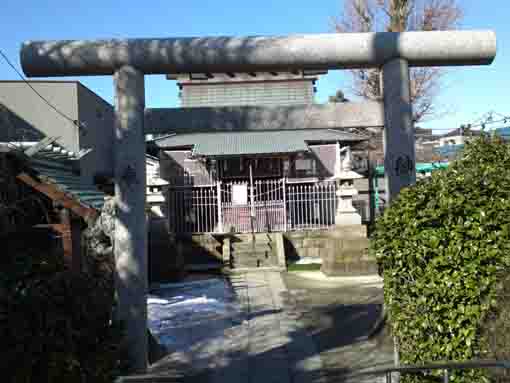
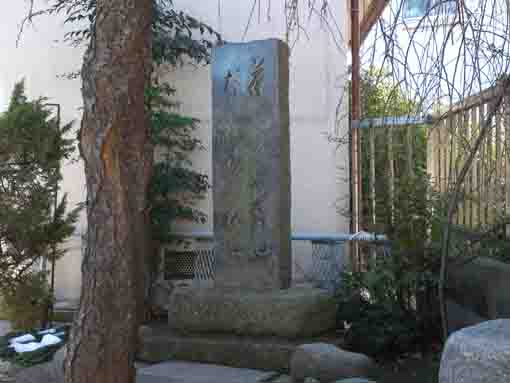
Kumano Jinja Shrine called 'Okumansama' stands along Edogawa River is a shrine dedicating the guardian deity believed by people lived in Shimoimai Village for several hundred years. Moreover, the place where Kumano Jinja Shrine stands are famous for tasty water called 'Okumandashi' that Basho Matsuo wrote a hike poem about it. There is a stone tablet scribing his poem on in the shrine. And Okumandashi was used in Edojo Castle as tea water for tea ceremonies.
Why don't you visit Kumano Jinja Shrine?
Kumano Jinja Shrine
Kumano Jinja Shrine
Kumano Jinja Shrine was the guardian deity of Shimoimai Village and it called it 'Okumansama' and sailors passing through Edogawa River in front of it believed. It was built in Hoeri era from 1704 to 1711, and Izanami no Kami is dedicated in it.The water of Okumandashi
The rapids in Edogawa River in front of Kumano Jinja Shrine was very deep and water in it was called 'Okumandashi'. The water was very clear and mild, and it was said that Tokugawa Shogun Family used it for tea ceremony. And it was used for producing soy sauce at Noda and also people living in Honjo, Fukagawa and Ojima bought to drink the water.The stone tablet scribing a hiku poem by Basho Matsuo
The stone tablet scribing a hiku poem by Basho Matsuo is standing on the left side of the approach road of this shrine.「茶水汲むおくまんだしや松の花」
'Cha mizu kumu, okumandashi ya, matsu no hana.'
'While dipping up tea water 'okumandashi', flowers of pine trees.'
This hike poem is said to be written by Basho Matsuo. The supporters of Kumano Jinja Shrine built this tablet in October 15th of 1968.
平成2年3月
江戸川区教育委員会
熊野神社参道脇案内板より
引用、抜粋並びに参考
熊野神社参道脇案内板
熊野神社内松尾芭蕉句碑
江戸川区ホームページ
Landmarks near Kumano Jinja Shrine

Furukawa Water Park
It is a beautiful park for viewing Sakura and hydrangeas.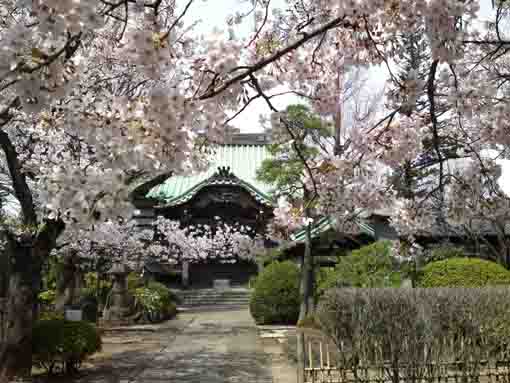
Honkakusan Myoshoji Temple
An old temple has a beautiful garden.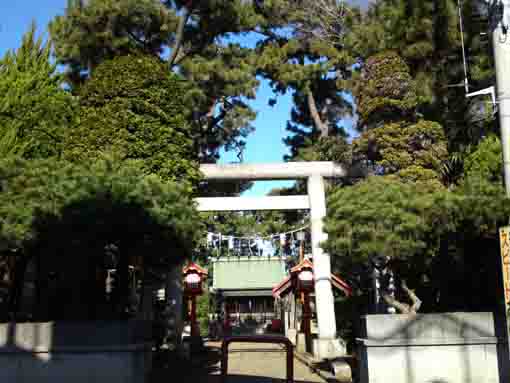
Ninoe Jinja Shrine
This shrine is very beautiful with pine trees and a zelkova tree.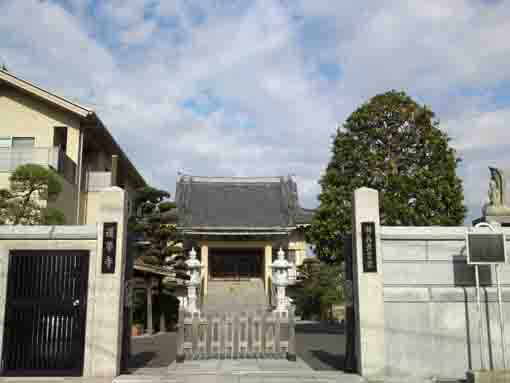
Kaishosan Rengeji Temple
The principle image is said to be carved by Gyoki.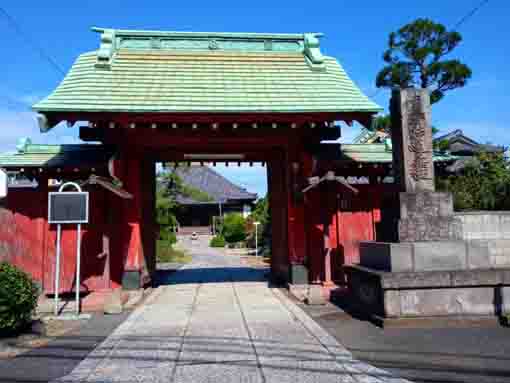
Eichosan Josenin Chokoji Temple
It is called Akamondera dedicates Shichimen Daimyojin.The Location and Access to Kumano Jinja Shrine in Edogawa-ku
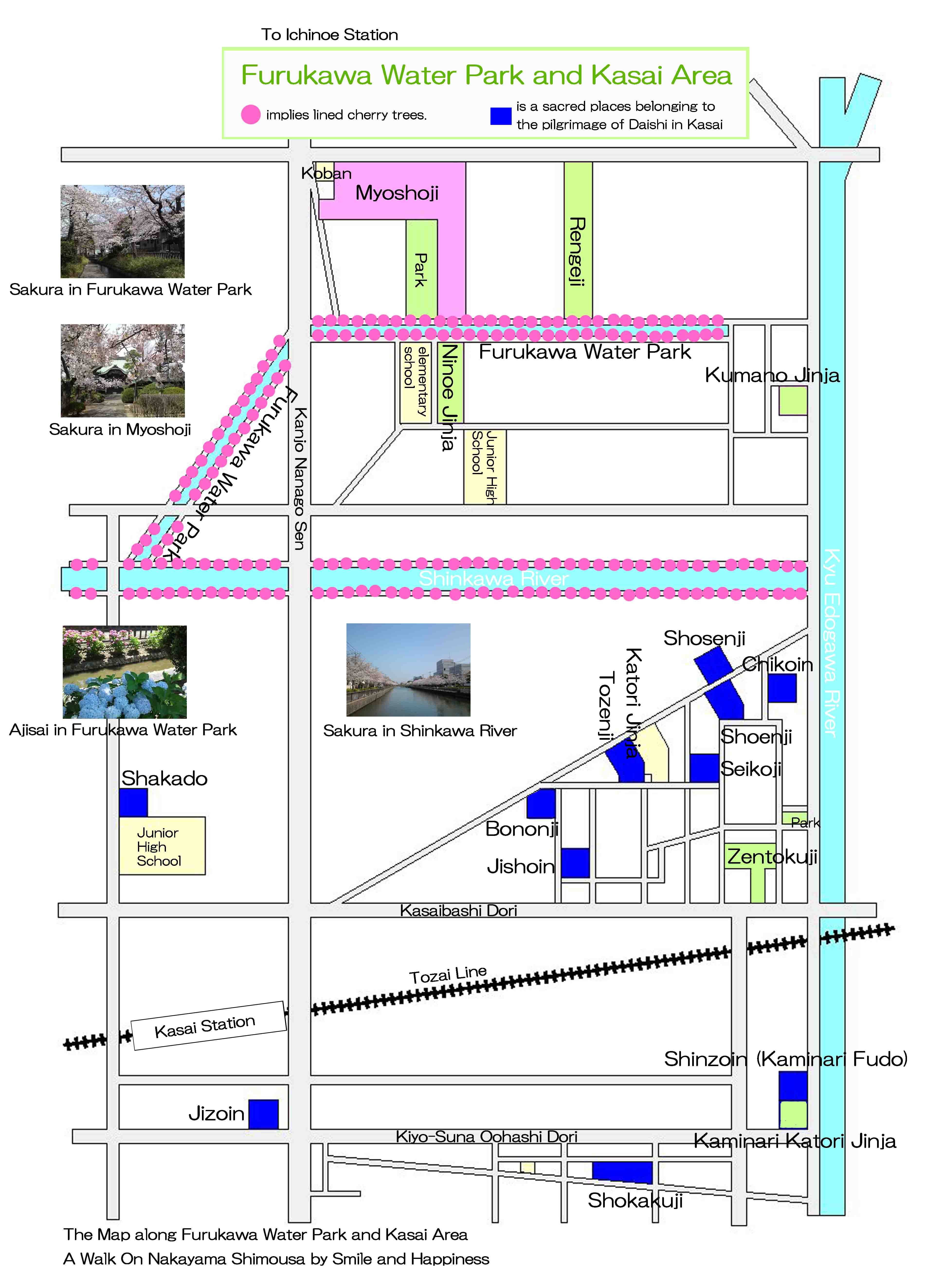
The map of the noted spots along Furukawa Water Park and Kasai
The Map of the landmarks along Furukawa Water Park and in KasaiKumano Jinja Shrine along Edogawa River
- Kumano Jinja Shrine has great accessibilities from both Narita and Haneda International Airport.
- From Narita International Airport, take Sobu Express Line bound to Tokyo or Yokosuka and get off at Funabashi Sta, then transfer the line to Sobu line bound to Nakano or Mitaka ang get off at Motoyawata Sta. Or take Keisei-line bound to Ueno and get off Keisei Yawata Sta. Both from Motoyawata Sta and Keisei Yawata Sta, transfer the line to Toei Shinjuku line and get off at Ichinoe Sta.
- From Haneda International Airport, take Keikyu-line bound to Narita, and get off Shinagawa Sta and transfer the line to Sobu Express line bound to Narita International Airport or Chiba, and transfer the line at Ichikawa Sta to Sob line bound to Nishi Funabashi, Tsudanuma or Chiba and get off at Motoyawata Sta. Or take Keikyu-line bound to Narita, and get off Keisei Yawata Sta. Both from Motoyawata Sta and Keisei Yawata Sta, transfer the line to Toei Shinjuku line and get off at Ichinoe Sta.
- From Iwamotocho Station at Akihabara, take Toei Shijuku line bound to Motoyawata and get off Ichinoe Sta.
- Take 11 minute walk from Ichinoe Sta.
- 5-7-6 Edogawa, Edogawaku, Tokyo
The Noted Spots around Funabori, Ichinoe and Kasai
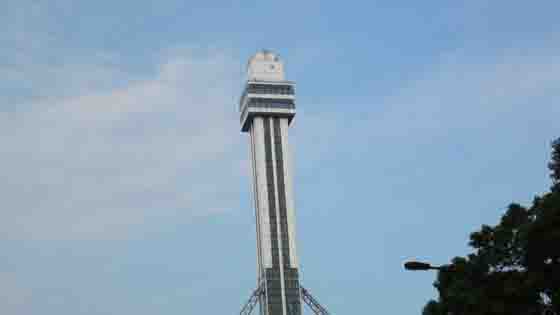
The Observatory on Tower Hall Funabori
Visitors could enjoy seeing some special views of Tokyo.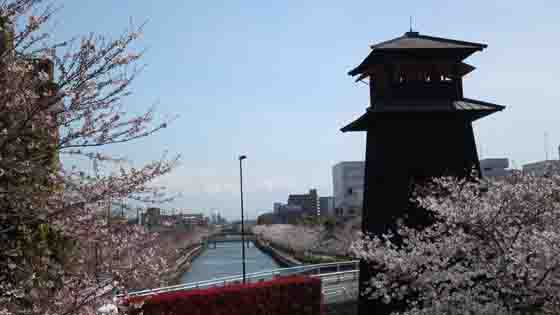
A Walk Along Shinkawa River
There are some Edo style, some wooden buildings and thousands of cherry trees along the river.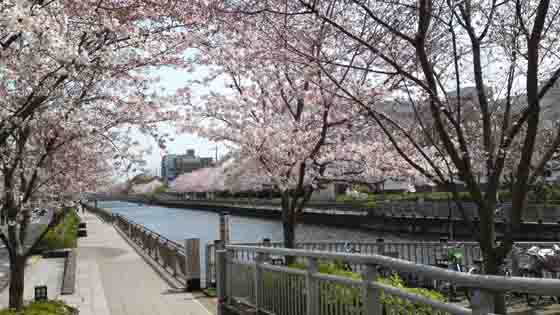
Thousands of Cherry Trees along Shinkawa River
In spring, thousands of sakura along it beautifully bloom.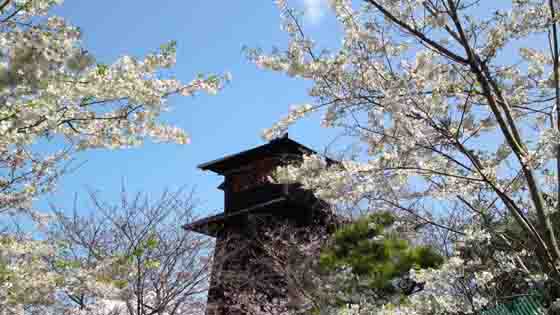
Shinkawa Nishi Suimon Hiroba Plaza
There are a Edo style fire lookout and an old lock gate in the plaza.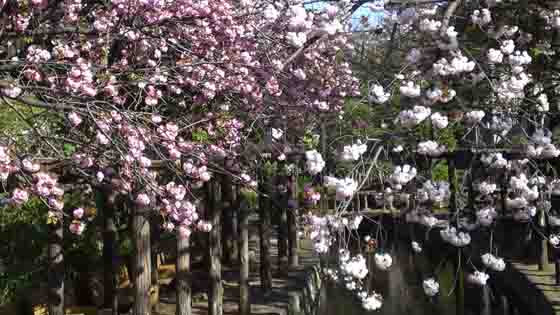
Furukawa Water Park
It is the first water park in Japan and a famous spot for viewing Sakura and hydrangeas.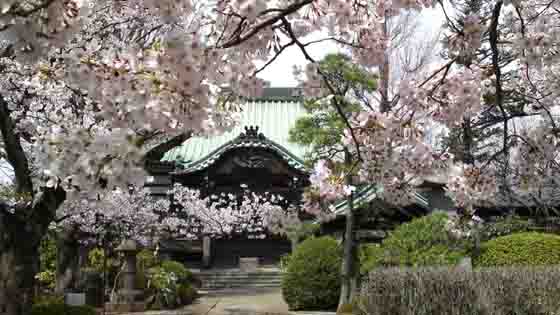
Honkakusan Myoshoji Temple
There are some seasonal flowers blooming in every season, sakura especially blooms beautifully.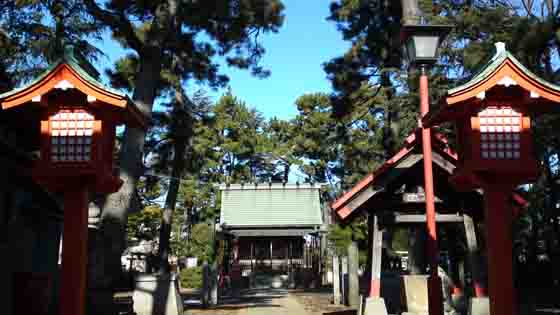
Ninoe Jinja Shrine
There are several tall pine trees and a 500 years old giant zelkova tree in the shrine.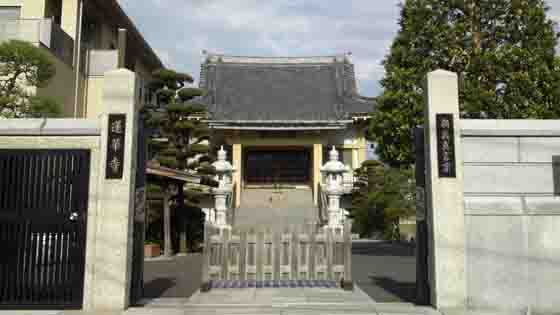
Kaishosan Rengeji Temple
The principle image is the statue of Sho Kanzeon Bosatsu carved by Gyoki.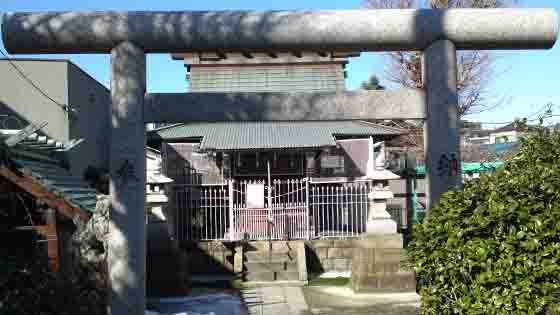
Kumanojinja Shrine
There is a stone tablet scribing a haiku poem written by Basho Matsuo.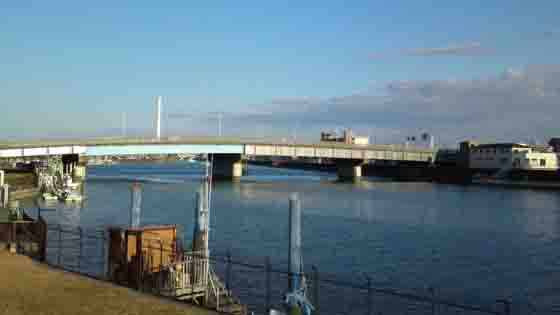
The Remain of the Ferry at Imai
The ferryport at Imai is appeared on an essey written by Socho, a renga poet in Muromachi period.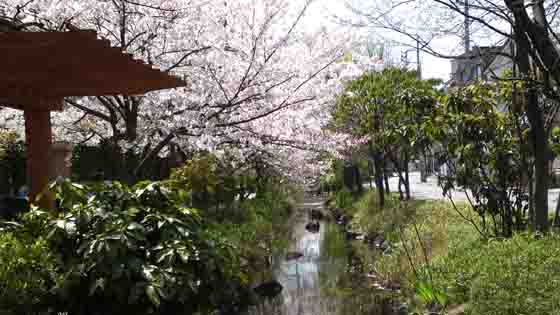
Ichinoe Sakaigawa Water Park
The park has many sakura and seasonal flowers, visitors could enjoy all seasons.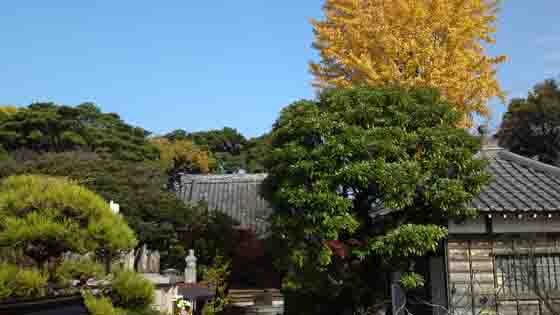
Iousan Myouonji Temple
It has the legend 'the One-eyed Crucial Carps' telling the miracle power to cure eye disease.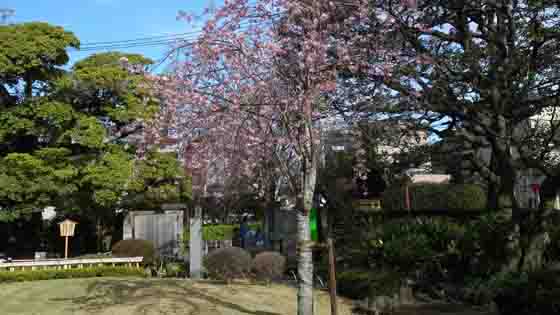
Ichinoe Makkotei Residence Park
In spring, weeping cherry trees bloom, in fall, colored leaves decorate the garden.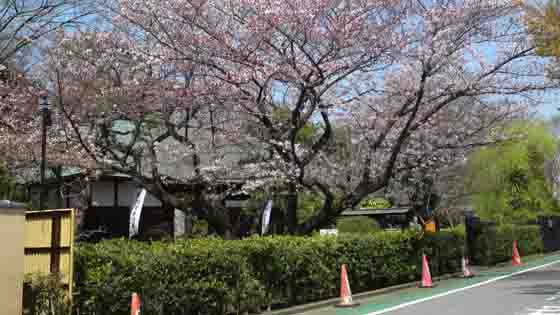
The Residence of Ichinoe Nanushi Yashiki
The traditional Japanese style residence with a thatched roof.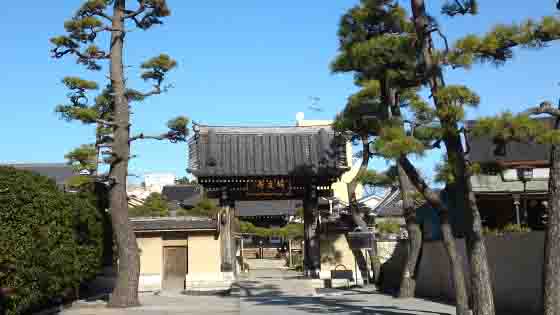
Honkosan Joryuji Temple
It is an important temple to know the history of Ichinoe area.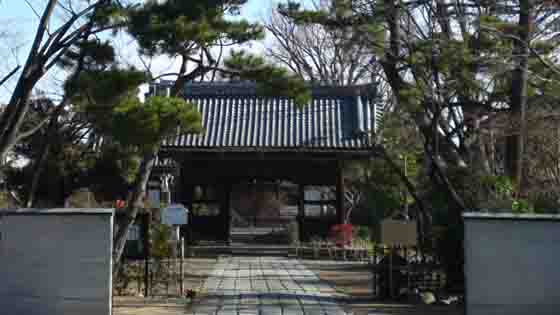
Chogyosan Daiunji Temple
It has tombs of Kabuki Yakusha and it is called Yakushadera.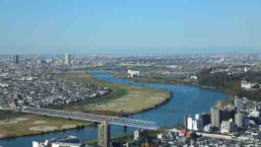
A Walk Along Edogawa River
The areas along the river have many noted spots that people could enjoy history and culture.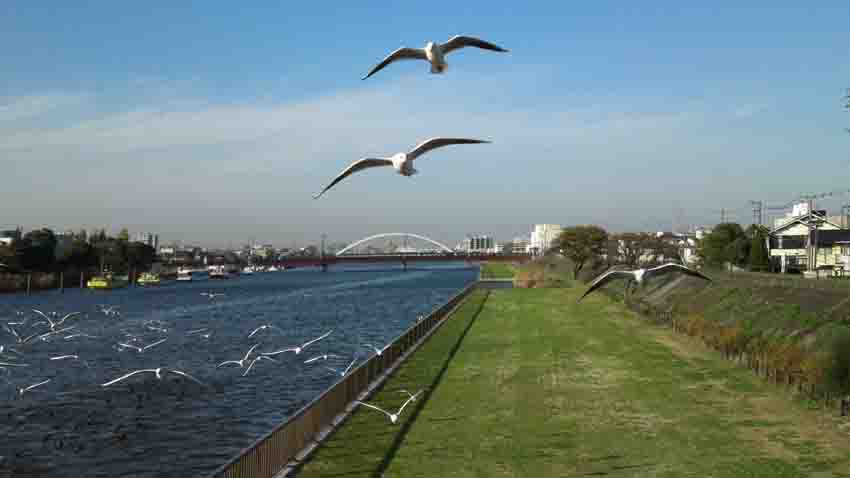
A Walk Along Shinnakagawa River
There are some historical and cultural spots along the river.- 広告 Advertisement -
